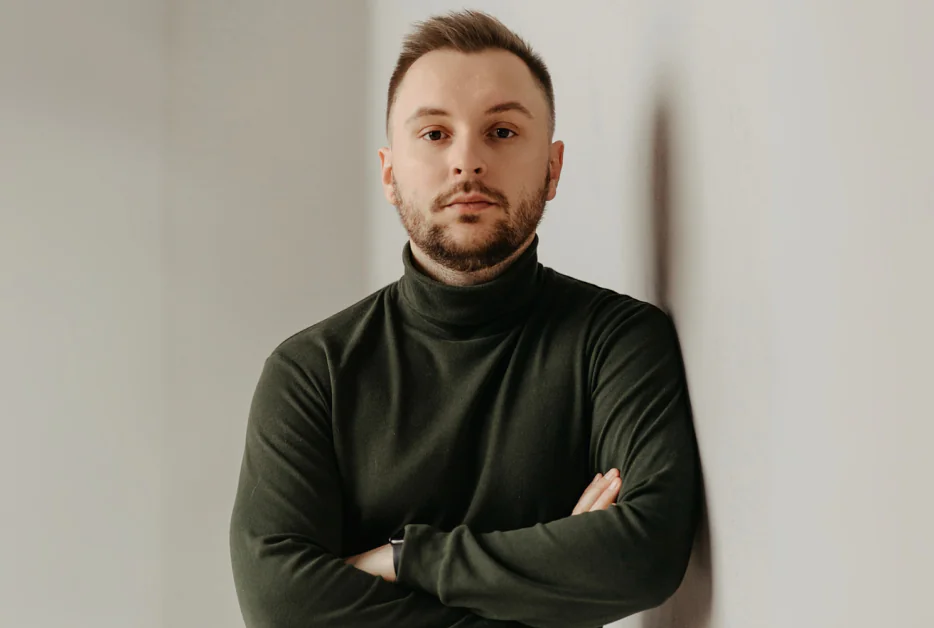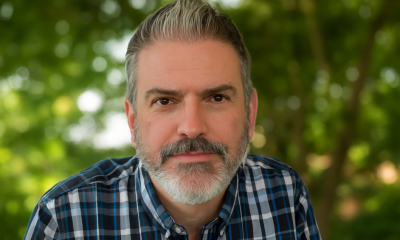साक्षात्कार
Alexey Kurov, Chief Product Officer & Co-founder of Zing Coach – Interview Series

You’ve had a fascinating journey transitioning from co-founding Zenia to launching Zing Coach—can you share what originally inspired you to create an AI-powered fitness platform, and how your past work influenced the vision for Zing?
I’ve been working with AI products my whole career, starting with what we now call traditional ML, then deep learning, and now LLMs. Before Zenia, our company helped different businesses integrate AI solutions, while also looking for a niche where we could solve a real problem and build our own product. At that time, there was a boom in deep learning solutions that could run heavy algorithms in real time on devices, like Instagram’s face masks. We developed our own tech for motion tracking on mobile devices, initially thinking about virtual costumes, but after deeper research, we realized it could be very useful for fitness.
In fitness, there are a lot of products, but the experience hasn’t changed much since the ’80s – you still just follow a video from a library. We saw big potential to disrupt the market with hyper-personalized, interactive coaching. We started with yoga in Zenia, and after the acquisition by Zing, I continued building toward our original vision there.
Zing Coach recently closed a $10M Series A and now serves over a million users. What were the biggest technical or strategic milestones that helped you reach this scale, and how did you prioritize features to drive growth?
From day one, we believed an AI fitness coach should be truly personalized and proactive, so we built the product in that paradigm. To make workout generation flexible, we designed an architecture from the start that could handle it. When LLMs became widely available, our solution naturally combined with them and scaled to more user cases.
The second big milestone was our communication layer. Now our coach doesn’t just give advice – it integrates with other systems to adapt the user’s journey based on feedback, acting like a real coach. It’s not only about emotion, but also about proactivity, understanding when and why to contact the user, and when they need a push or simply an insight about their activity.
How is machine learning used to personalize each user’s workout in real time? Could you walk us through the models and data inputs that power Zing’s adaptive coaching system?
We personalize at four moments. First, we build a plan based on your goals, training history, injuries, body metrics, VO₂ max, resting heart rate, and preferences. On the day, we look at recovery signals like sleep and soreness and adjust exercises, loads, reps, and rest. During the workout, we track heart rate, rep count, tempo, and heart rate recovery between sets to adjust the next set in real time. Afterward, we use estimated strength, heart rate drift, recovery time, your likes or skips, and your notes to keep improving the plan.
Our movement analysis runs on-device in real time for form and rep quality. We use predictive models to set targets, GPT for long-term planning, coaching cues, and proactive motivation, and computer vision to track body composition and muscle growth over time, feeding it all back into the plan.
You’ve built out body scanning and flexibility testing through ZingLab—how do those physical inputs integrate into your training algorithms, and are you using any form of ensemble learning or reinforcement learning to fine-tune results?
We use them in two ways: to track progress and to update workout plan parameters. The fitness test adjusts the user’s fitness level, and the body scanner refines the plan with body composition data. Soon, we’ll launch muscle analysis. All of this is important for building a reinforcement learning system that can analyze how recommendations connect to actual results.
What steps have you taken to ensure the AI recommendations feel human, motivational, and supportive instead of robotic? How much of the coaching voice is driven by language models versus scripted rules?
We have guidelines for how the coach should communicate, plus guardrails. We do not have any predefined scripts. To make sure it works, we do several layers of testing: automated checks for guideline compliance, human assessors to evaluate the “human” feel and case resolution rate, and A/B tests to measure the impact on product metrics along with user feedback. Coach profiles are developed based on research into our audience so they feel real but effective in guiding users.
Zing emphasizes engagement and retention, reportedly outperforming larger competitors by over 25%. What specific machine learning or product design techniques have proven most effective in driving that kind of retention?
We run many experiments and features that positively impact the user journey. The main drivers are proactivity, personalization, and gamified metrics like activity streaks and strength scores, powered by the AI systems I’ve described earlier.
How did you approach gamification within the app? Are features like badges, milestones, and leaderboards tailored based on user behavior, and do you see evidence that this personalization boosts long-term commitment?
It’s important for us to find tools that increase engagement. In fitness, progress isn’t always visible immediately, and results often take time. That’s why we work on ways to measure and show even small improvements, like fitness and flexibility tests, and the strength score. Activity streaks help users stay consistent, and many have maintained their activity levels for more than a year.
What technical challenges did you face building Zing Vision, your real-time form correction feature? How does the system adapt to edge cases like poor lighting or unusual angles on mobile devices?
The main challenge was collecting a dataset for training the models. We spent a lot of time gathering and labeling data, plus we built a strong augmentation system to make it robust for different conditions like poor lighting or unusual angles. When we started developing it 7 years ago, there were no solutions to run this locally, so we created our own architecture. Even now, with better processors, this architecture helps us stay energy efficient.
With your expansion into modalities like Pilates and yoga, how are your current AI systems adapting to new types of movement patterns? Are these built on top of the same models, or are you retraining new ones?
Our system is modular, so the approach to new workout types is similar. Right now, we’re also working on upgrading our activity planning system to better support different workout types.
As you expand globally and partner with fitness studios through the Zing Partner Program, how are you customizing content or training plans based on regional or cultural fitness preferences?
Our system can prioritize exercises based on cultural preferences. It’s flexible thanks to a combination of an LLM-agentic approach, where the main agent sets workout and nutrition parameters based on the user’s profile.
Looking ahead, how do you see the role of AI evolving in fitness—especially in helping users not just start but stick with routines long term—and what new capabilities are you most excited to build?
We see that with real coaches, people have strong engagement rates. But now, technology is at a level where it can even outperform human coaches thanks to its availability, deep knowledge of the user, and ability to train on huge volumes of data and use more effective patterns.
शुक्रिया for the great interview, readers who wish to test the app should visit ज़िंग कोच.












